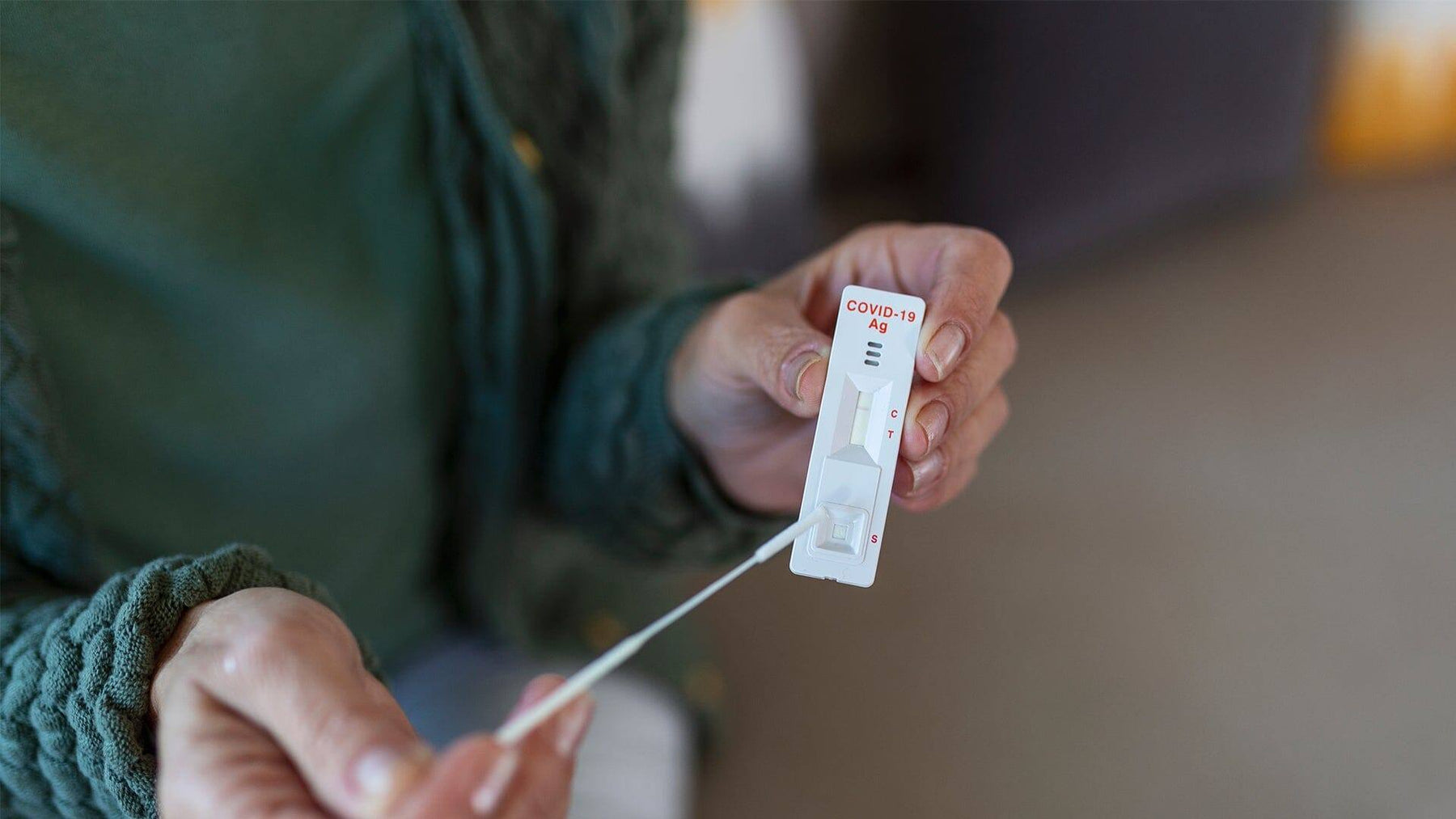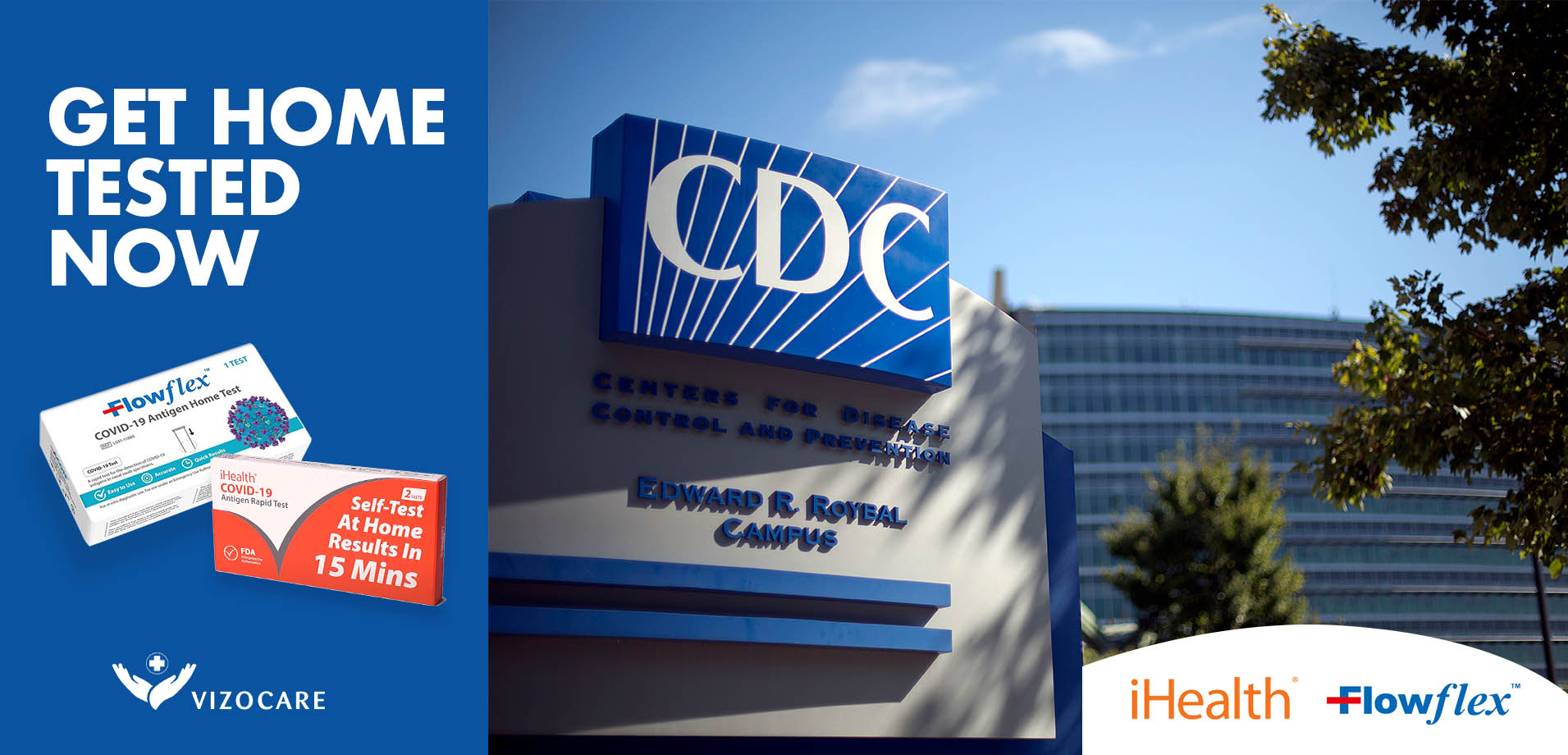
At-Home COVID-19 Testing: The Pros and Cons
At-home testing has emerged as a convenient and accessible option for individuals seeking to detect the presence of the virus. At-home COVID-19 testing kits allow people to collect samples in the comfort of their own homes and obtain results without the need for a healthcare facility visit.
Pros of At-Home COVID-19 Testing:

Convenience and Accessibility: At-home testing offers convenience, eliminating the need to travel to a testing site or schedule appointments. It allows individuals to collect samples in a familiar environment and at a time that suits them best. This accessibility is particularly beneficial for those with limited mobility, individuals in remote areas, or individuals who prefer to maintain social distancing.
Reduced Exposure: By testing at home, individuals can minimize their exposure to potentially infected individuals in healthcare settings, reducing the risk of transmission. This is especially important for individuals who are at higher risk or have underlying health conditions that make them more vulnerable to severe illness.
Privacy and Comfort: At-home testing provides privacy, allowing individuals to conduct the test in the comfort and confidentiality of their own homes. This can alleviate anxiety or concerns associated with testing in a public setting.
Cons of At-Home COVID-19 Testing:
User Error: At-home testing requires individuals to collect their own samples, which may increase the risk of user error during the process. Improper sample collection or mishandling may affect the accuracy of test results, leading to false negatives or false positives.
Limited Test Types: At-home testing primarily utilizes antigen or molecular (PCR) tests, which are designed to detect active infections. Antibody tests, which determine past infections or the presence of antibodies, are less commonly available in at-home kits.
Choosing the Right At-Home Testing Kit:

FDA Authorization: Look for at-home testing kits that have received authorization from reputable regulatory bodies such as the U.S. Food and Drug Administration (FDA) or equivalent authorities in your country. Examples of FDA-approved test kits are FlowFlex and iHealth.
Test Sensitivity and Specificity: Assess the performance characteristics of the test, including sensitivity (the ability to detect true positives) and specificity (the ability to identify true negatives). Higher sensitivity and specificity values indicate a more reliable test.
At-home COVID-19 testing offers convenience, accessibility, and reduced exposure to healthcare settings. However, it is important to weigh the pros and cons before opting for at-home testing. Understanding the potential for user error and the limitations of the test type is crucial. When selecting an at-home testing kit, prioritize FDA.

Leave a comment